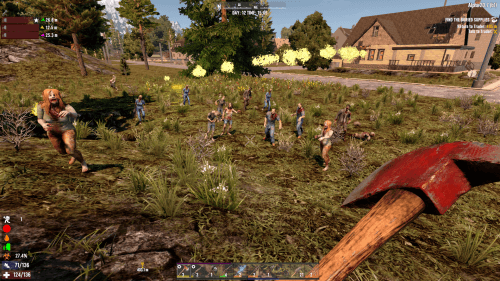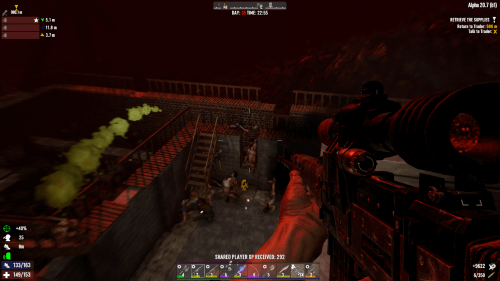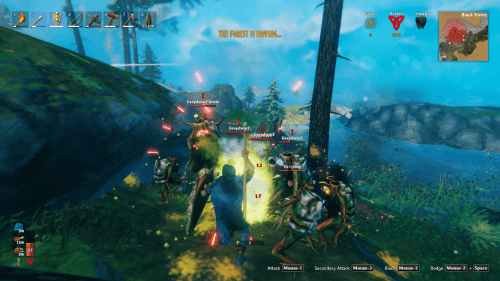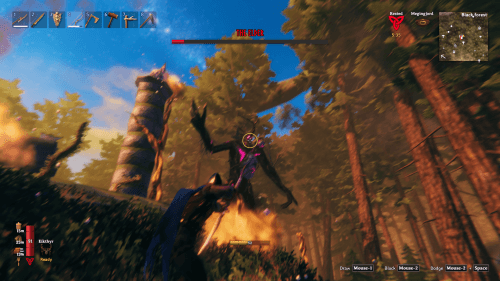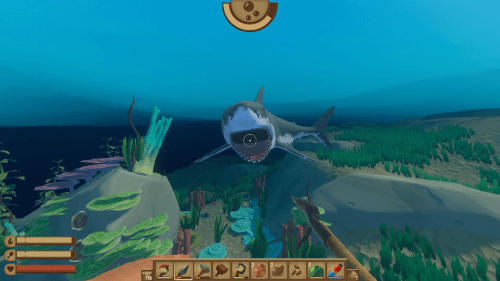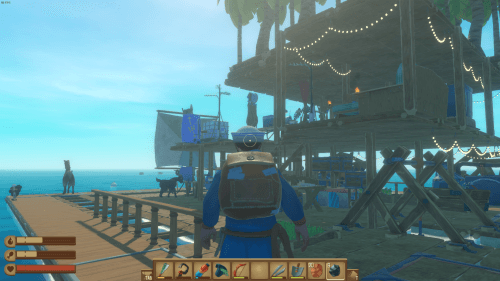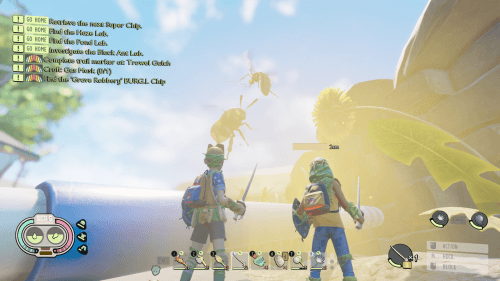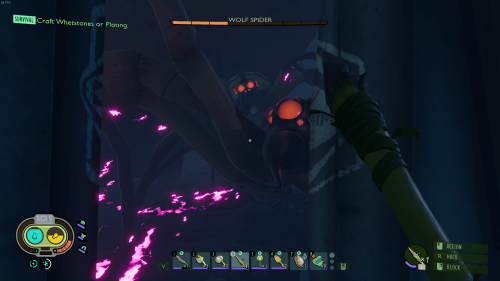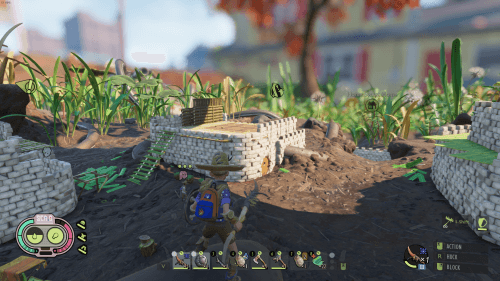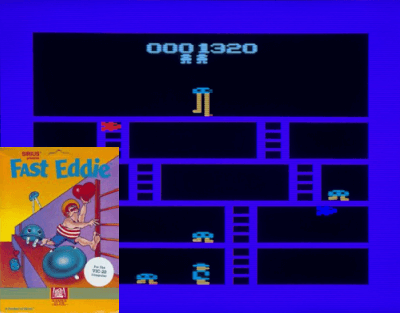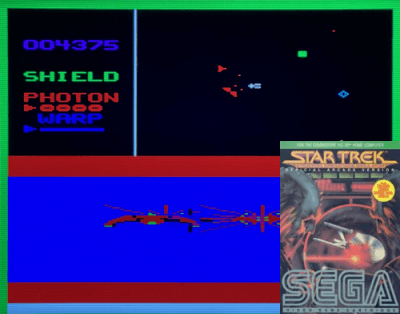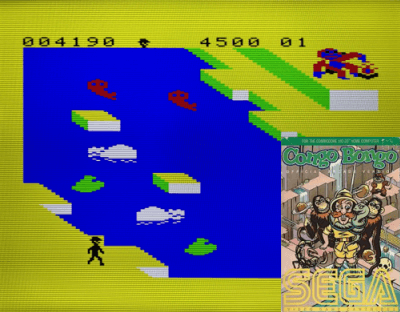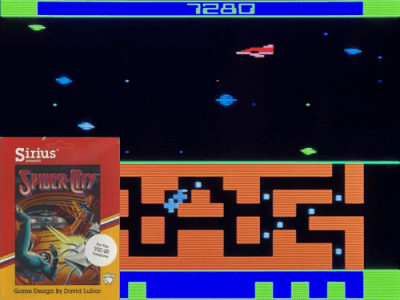I know it’s been ages since I’ve posted. I’ve been in a bit of a limbo when it comes to gaming for a while now, with several games I’ve been working through at a glacial pace that I really want to finish before moving on to anything new, all of which will be covered here once I complete them. For now though, let me tell you about a new toy of mine.
A few months back I got the itch to start looking at handheld PCs. I have a friend with a Legion Go and at least a couple with Steam Decks. In reality, I probably have very little actual use for one, and I have a history of regrettable purchases related to handheld consoles and the like. I simply don’t play them. Still, it was a fun hole to fall into: consuming innumerable videos, Reddit threads, and Steam Community posts on the subject, and spinning off into unexpected areas, like the vast array of cheap yet impressive emulation focused handhelds that have flooded the market in recent years. In the end, despite the numerous advantages of the Windows based handhelds, given the price, my 20 years of investment in Steam as a platform, store, and community, and various other (mostly minor) quality of life things, I was fairly settled on the Steam Deck OLED.
That said, the one thing that kept coming up was the other platform, store, and community I’ve invested heavily in over the years – Xbox. While I consider myself a PC gamer first and foremost, I also do a ton of console gaming as a means to get away from my PC for a while, relaxing on my couch in front of a nice, big TV. I mostly reserve console gaming for single player games, with more traditional PC genres like FPSes and strategy games, and lets not forget MMOs and other online games, being played on PC. That said, when it comes to my (massive) backlog, I intend to play a great deal of those games on Xbox. I already own many of them, for one, but I also somehow still hold the tiniest flickering flame of the once great torch I carried for building up my Xbox achievement score. One obvious solution was streaming from my Xbox to my Steam Deck over my local network. Could it be done? Well, absolutely! There are third party apps that can do it quite well, apparently.
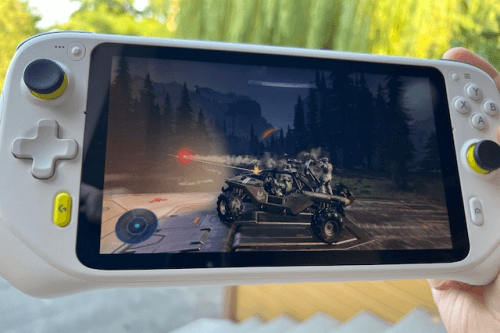
“Playing Halo Infinite on My Stoop”
The more I thought about it, the more this became one of the most likely ways I’d use my Steam Deck and, frankly, it seemed a little overbuilt (and overpriced) for that purpose alone. I’d also read about how Xbox games wouldn’t use the full screen due to the Stream Deck’s odd 1280×800 resolution which got me thinking that the ideal would be a handheld with a 1080p screen so that The Xbox Series X (or PS5, for that matter) could stream to it full screen in their most commonly used resolution.
That’s when I ran into the Logitech G Cloud. Now, I’ve heard of this thing before. I’m sure it was mentioned on at least one of the gaming podcasts I regularly listen to because of their supposed partnership with Microsoft for the G Cloud to be something of an Xbox competitor to Sony’s first party solution to this problem, the PlayStation Portal. I’m not sure that’s quite how it ended up, but the more I learned about it, the more interested I became. Here’s a quick rundown:
- Built and supported by Logitech, who are far more experienced with hardware and much more reputable than the majority of players in the space, outside of the major ones like Asus, Lenovo, and Valve, of course. Accordingly, it feels relatively high quality when it comes to build and materials.
- The controls are quite good. The layout closely resembles the standard Xbox controller. The analog sticks are decent, the buttons and triggers feel good, it has a subtle but fully functional rumble, etc. Input lag is close to non-existent too. About the only complaints I’ve heard is that the D-pad leaves a bit to be desired, not being great at registering diagonals, and some people hate the deadzones in the analog sticks.
- Additionally, the whole thing is very ergonomic. Most every reviewer mentioned how good it feels to hold. It’s also really light, which is an advantage none of the big boys have. You could definitely hold this thing above your head while laying in bed without giving yourself an unplanned arm workout, and that is one of the use cases I had in mind.
- Another point of comparison that is often brought up is battery life, and the battery life of the G Cloud, being basically a glorified Android tablet, and one that is mostly streaming rather than running games locally, is stellar.
- Being an Android device, it has a lot of flexibility in terms of available apps, customization, etc. Of course, Logitech provides a custom interface which simplifies and consolifies the whole thing somewhat too. One of the most likely use cases for a device like this, outside of streaming, is loading it up with emulators, and there’s quite a few available for Android. This thing might not be the most powerful handheld by any means, but it’s enough to emulate most consoles up to PS2 quite well.
- As mentioned, while it’s not OLED, the screen is quite nice. 1080p native, relatively large at 7”, vibrant. It can also get bright enough to allow you to play outside on a sunny day.
- The biggest negative is perhaps the price, which is typically $300. Given the price of handhelds, and Sony’s Portal being only $200, I think that’s a little high given its capabilities and intended use. That said, it regularly goes on sale for $250 or less, and finding them used is fairly easy as well.
I’d suggest TechDweeb’s video on the G Cloud for a better summary. The fact that a dude who probably literally owns every handheld available is so enthusiastic about this thing speaks volumes.
So, I got one! Being an iPhone and iPad user for ages now, it was a bit of a mindfuck setting up a new Android device, but beyond that, it was easy to get going. I tested out Microsoft’s Xbox streaming app, which worked fine, though it only runs at 720p. I also tested out Microsoft’s Cloud Gaming app, which worked far better than I’d have expected, despite also having a similar 720p limitation. Now, I honestly don’t have that much interest in cloud streaming, but given how well it works, I could see myself using it if I were on a relaxing vacation where I had a lot of downtime, assuming I had a good WiFi connection and an even better Internet connection, of course.
Finally, I bought myself XBXPlay from the Google Play store which is a third party take on the normal Xbox streaming app, but supports 1080p and has a lot more options for tweaking your experience. It works incredibly well. While it’s a bit of a bummer I had to go to a third party for a superior solution, I have no complaints. I can now play Xbox Series X (and all of the previous Xbox One, Xbox 360, and Xbox games it supports) while my SO is tying our main TV, in my bed when I just need to relax, or outside on my porch on a nice day. With the Xbox’s remote startup and shutdown, I could also open some ports in my firewall and stream remotely too, if I wanted to. Very cool.
Now, I haven’t dabbled with PC streaming at all yet, but in theory I should be able to get similar performance by using Steam Link or perhaps better yet, Moonlight + Sunshine. The truth is that I don’t have the same use-cases for PC streaming. Generally, if I want to play a PC game I just go on my PC, which is rarely tied up. I don’t play a lot of PC games using a controller; if I’m super compelled to use one, I’m probably just going to play the console version of the game. I’m sure one of these days I’ll have some reason to diving into it. I’d imagine getting an MMORPG to work on this thing could be fun, for instance.
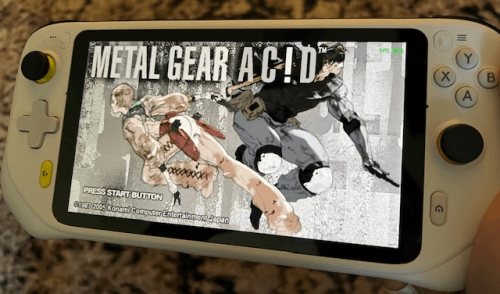
“Metal Gear Ac!d, anyone?”
To expand a tiny bit on the subject of it being an Android device, as mentioned, it’s powerful enough for a lot of emulation, but it’s not up to the task of anything super intensive, like more demanding PS2, GameCube, or Vita games and beyond. It’s also not going to be able to smoothly play later, more demanding Android native games. Now, given this thing’s widescreen format combined with its apparently lacking d-pad, I can’t see myself emulating a lot of 8-bit and 16-bit classics on it either, even though it’s otherwise totally up to the task.
There’s a sweet spot that I found incredibly intriguing though – the Sony PlayStation Portable. The PSP had a 16:9 widescreen display and it had an analog stick (the infamous “nub”) as its main input, so it seems like a perfect match for the G Cloud. The G Cloud is also powerful enough to emulate it using the awesome Android PSP emulator, PPSSPP, being able to 4x upscale most games to its 1080p native resolution. I went from not being aware of or all that interested in many PSP games, to spending days on end cramming a 64 GB SD card with almost its entire library of games, and let me tell you, the PSP had a ton of interesting ports and genuine exclusives, especially to someone who has very little experience with the PlayStation ecosystem like me. Now, I honestly don’t know when I’ll actually get around to playing any PSP games, but this does at least mean I’ll be adding Metal Gear Acid and Acid 2, along with MGS: Portable Ops to my upcoming Metal Gear retrospective playthrough.
In conclusion, success! My original Xbox local streaming use-case seems to have been thoroughly satisfied, and the bonus use-case of opening up a whole new world of games with a high quality PSP emulation experience is also a total win. That said, I should mention that there are indeed other competitors in this space (Android handhelds with similar form factors) such as the Ayn Odin and Odin 2, the Anbernic RG556, and the Retroid Pocket RP4. Some of them are much cheaper, and some of them even more expensive, but more powerful. While I’m happy with my G Cloud for now, this is a space I’m going to keep an eye on for the future… you know, unless I just end up buying a Steam Deck. 😉
